Beyond Practice: The Strategic Advantage of Private Music Lessons
The Competitive Advantage Most Student MusiciansOverlook — and Why It Matters More Than Ever inCollegiate Music Admissions and Scholarships.
Read More
AccoladiFineArtsDirector.com is built for district fine arts leaders who oversee and shape the success of performing arts programs. Here, you'll find resources and tools to help you support your teachers, guide your students, and connect with collegiate recruiters who are eager to discover emerging talent.
While fine arts directors are at the center of this site, we also serve performing arts students and their families, collegiate and summer enrichment recruiters, and teachers. To ensure each group has the right fit, we've created dedicated websites:
Fine Arts Directors: this is your home base. Please continue your registration for your district/school here on AccoladiFineArtsDirector.com.
Everyone else: begin your journey at the site designed for your role.
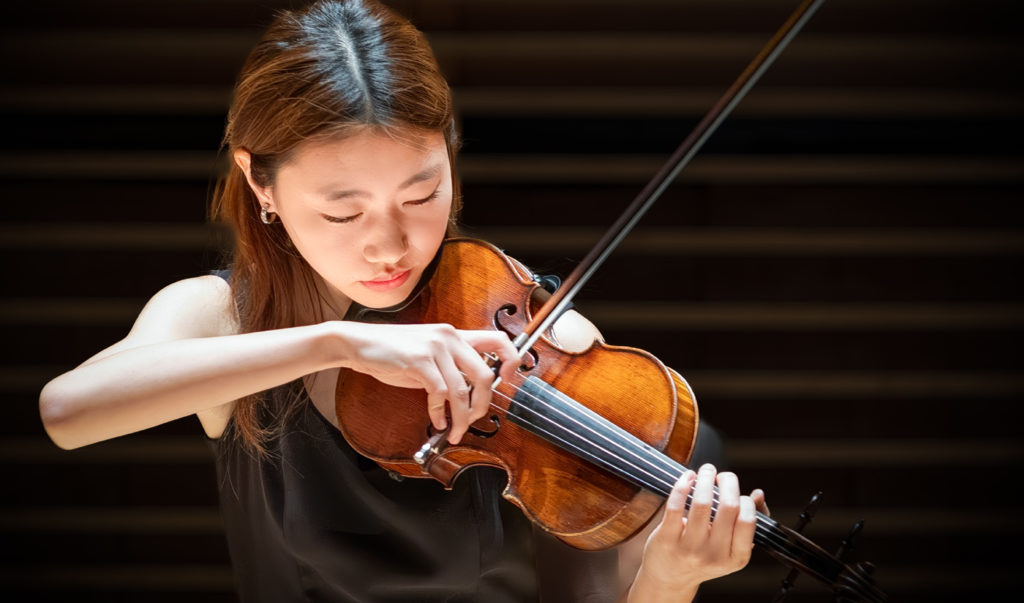
From the first note to last, understanding what it really takes to turn a solo into a moment — and an audition into a future.
When it comes to college music auditions, your solo performance isn’t just a part of the process — it’s the main event. Recruiters often say it’s the single most important part of your audition. This is where you show not just how well you can play or sing, but who you are as a musician.
The right solo lets you demonstrate your technique, your style, and your understanding of the music’s history and emotion. Picking it wisely — and performing it powerfully — can make the difference between an ordinary audition and an unforgettable one.
Every music school has its own audition requirements, and they aren’t all the same. Some simply ask for two or three solos in contrasting styles. Others get very specific, like requiring two contrasting movements from Baroque or Classical pieces, plus one more of your choice.
A few examples:
Some schools — like Juilliard — even require you to submit your entire repertoire list before they’ll give you an audition date. They expect you to be serious, prepared, and ready to show what you’ve got.
Recruiters suggest you have at least seven solo pieces ready to go. Here’s a solid plan:
Remember: This isn’t just a checklist — it’s a statement about your skill, your musicality, and your understanding of different styles.
Sure, impressive repertoire matters. But here’s the truth: Performing a less difficult piece beautifully is better than stumbling through a harder one.
You might be tempted to pick the hardest piece you know. Resist that urge. Choose something that highlights your best skills — tone, phrasing, expression — not just your speed or range.
Recruiters want to see musicality, not a technical tightrope act.
Consider this:
It was the most important day of her life — the final round of a world-renowned opera competition. After three grueling days and four rounds of auditions, only five singers remained. Each finalist sang flawlessly, showcasing arias famous for their technical difficulty.
She was the last to perform. Stepping onto the stage, she made a bold decision. She dismissed her accompanist, faced the judges, and quietly announced:
“I’ll be singing my grandmother’s favorite hymn, My Shepherd Will Supply My Need.”
No orchestra. No piano. Just her voice.
She began — pure, unaccompanied, and heartbreakingly sincere. As she reached the final lines, she repeated them — once, twice, and a third time, her voice growing softer with each phrase, tears slipping down her face:
“Oh, may Thy house…”
“Oh, may Thy house…”
“Oh, may Thy house be my abode, and all my work be praise.”
When she finished, silence blanketed the hall. No one moved. No one breathed. In those four minutes, she hadn’t just sung — she had created a moment.
Later that night, she was crowned the winner.
Yes, technique impresses. However, musicality transforms.
When you audition, don’t just aim to “get through” your piece. Create something real. Something moving.
Every note you practice, every hour you spend refining your skills — it’s all building toward a moment far bigger than a performance. It’s building toward a moment where technique and emotion meet, where your hard work becomes art, and where all the years of discipline give way to a few precious minutes that can define your future.
It’s easy to think auditions are about perfection — hitting every note, showing off your most difficult piece, dazzling with speed or power. But the truth is, auditions aren’t won by perfection alone. They’re won by connection.
The judges won’t remember every technical detail. But they will remember how you made them feel. They will remember the courage it took to pour your soul into your music, to communicate something deeper than the notes on the page. That’s what sets apart a good audition from a great one.
Your audience — whether it’s a panel of judges or a thousand people in a concert hall — isn’t just listening. They’re waiting to be moved. To be taken somewhere. To experience something real.
And that only happens when you dare to go beyond playing or singing — when you create a moment.
Don’t get lost chasing impossible standards of perfection. Focus on creating an experience only you can deliver — authentic, personal, full of life.
You already have everything you need inside you: your story, your voice, your heart.
Step onto that stage with confidence. Share your music honestly. Trust the preparation. Trust your gift.
Own your moment.
.png) ARTICLE GLOSSARY
ARTICLE GLOSSARY
Audition: A performance where a student plays or sings in front of judges to demonstrate their skills for acceptance into a program or to win a scholarship.
Concerto: A musical piece typically composed of multiple movements, usually written for a solo instrument accompanied by an orchestra or piano.
Confidence: A performer’s calm, assured presence on stage, showing they are well-prepared and comfortable sharing their music with an audience.
Conservatory: A specialized college or school focused on training students in music, dance, or other performing arts.
Contrasting Styles: Selecting music pieces from different periods or genres to show a performer’s versatility (e.g., playing a slow, lyrical piece and a fast, energetic one).
Dynamics: The variations in loudness and softness in a piece of music, used to create emotion and shape musical expression.
Impressionistic Period: A musical period (late 19th to early 20th century) known for colorful harmonies and expressive sounds; composers include Debussy and Ravel.
Memorization: The ability to perform music without looking at the sheet music, relying instead on memory and mental rehearsal.
Mock Audition: A practice audition where students perform in front of friends, family, or teachers to simulate the real audition experience.
Multi-Movement Work: A larger piece of music divided into separate sections called movements, such as a concerto or sonata.
Musicality: The expressive, emotional quality a performer brings to the music beyond just playing the correct notes.
Performance Plan: A strategy for how a performer will express the emotions and character of their piece, including decisions about dynamics, tempo, and phrasing.
Phrasing: The way musical sentences are shaped, using breaths or breaks to make the music sound natural and expressive.
Poise: The grace and professionalism a student shows when walking on stage, performing, and handling mistakes calmly.
Repertoire: The collection of music pieces a student is prepared to perform, usually covering a range of styles and periods.
Romantic Period: A musical period (about 1820–1900) known for expressive, emotional music; famous composers include Chopin, Brahms, and Tchaikovsky.
Solo: A piece of music performed by one musician, either unaccompanied or with a piano or orchestra.
Solo and Ensemble Festival: An event where students perform solos or small group pieces to be evaluated and rated by judges for feedback and awards.
Sonata: A musical composition, typically for one or two instruments, often structured in multiple movements with varying tempos and styles.
Technique: The technical skill required to play or sing a piece correctly, including things like finger placement, breath control, and articulation.
Visualization: A memorization technique where the student mentally pictures playing or singing the music without physically performing it.
Objective:
Students will learn that performing music is about more than just playing or singing the right notes — it’s about sharing emotions and telling a story. They will prepare a short solo that shows both their skills and their feelings through music.
Assignment Instructions:Make Your Music Speak: Sharing Your Story
Music isn’t just about the right notes — it’s about making people feel something. Your job is to choose a solo piece and practice it so you can share not just the music, but the feeling behind it.
| Criteria | Great (4) | Good (3) | Getting There (2) | Needs Practice (1) |
|---|---|---|---|---|
| Playing/Singing the Right Notes | Almost perfect notes and rhythms | A few small mistakes | Some mistakes that affect the song | Many mistakes |
| Showing Emotion | Strong feeling, very expressive | Good feeling, some expression | Some feeling, needs more emotion | Little or no feeling shown |
| Effort and Preparation | Very well prepared and confident | Prepared, a few nervous moments | Somewhat prepared, a bit unsure | Not prepared, very unsure |
| Reflection | Thoughtful and detailed answers | Good effort, answers are clear | Short answers, not very detailed | Hard to understand or incomplete |
📈 Grading Scale:
• A (90–100%): 14–16 points
• B (80–89%): 12–13 points
• C (70–79%): 10–11 points
• D (60–69%): 8–9 points
• F (<60%): 0–7 points
Objective:
Students will understand that successful audition solos require more than technical proficiency; they must demonstrate personal musical expression to create a memorable and moving performance. Students will apply this understanding by evaluating and preparing a solo that highlights their best musical abilities and emotional connection to the piece.
Assignment: More Than the Notes: Crafting Your Audition Moment
Instructions:
🎼 Rubric: “Creating a Moment: Solo Performance Evaluation” (20 Points)
| Criteria | Excellent (4) | Good (3) | Developing (2) | Needs Improvement (1) |
|---|---|---|---|---|
| Technical Accuracy | Nearly flawless notes, rhythms, intonation | Minor errors; generally accurate | Frequent errors affecting flow | Major errors; performance suffers |
| Musical Expression | Highly expressive; emotionally powerful | Mostly expressive; meaningful at moments | Inconsistent expression | Little or no emotional impact |
| Preparation & Research | Detailed history and strong performance plan | Good research; mostly clear plan | Limited research or vague plan | Minimal research or unclear intentions |
| Audience Connection | Created a memorable moment | Some audience connection | Limited engagement | No audience impact |
| Self-Reflection | Insightful, honest, and detailed | Good reflection; some depth | Basic or surface-level | Lacks detail or reflection |
🎯 Grading Scale:
A (90–100%): 18–20 points
B (80–89%): 16–17 points
C (70–79%): 14–15 points
D (60–69%): 12–13 points
F (<60%): 0–11 points
Dear Parents,
As a music teacher, one of the greatest joys is seeing students grow — not just as performers, but as confident young people who learn the value of hard work, creativity, and self-expression.
Right now, your child may be learning their first solos or getting ready for school performances. It’s a wonderful time to start building skills that can open many doors in high school and beyond — and it all starts with preparing the right way.
I’d love to recommend an article for you to read:
“Own the Stage: How to Nail Your College Audition Solo” — now available on Accoladi.com.
Even though college may feel far away, the good habits your child builds now will set them up for success later!
The students who do best in high school music programs — and even earn scholarships for college — usually start early. They:
It’s never too early to start thinking about good practice habits and loving the journey of making music!
As students grow, many will need to perform music from memory — without looking at the sheet music. This may sound scary at first, but there are tricks to make it easier:
One way to build confidence is to let your child perform for family and friends at home — a simple “concert” in your living room or kitchen. Even recording themselves and watching later can help them feel more prepared.
These practice performances teach them how to stay calm, recover from mistakes, and shine with confidence.
Learning an instrument is about more than just notes — it’s about building confidence, creativity, and character. The work your child puts in now will help them not just in music, but in every part of their future.
Please take a few minutes to read the full article "Own the Stage: How to Nail Your College Audition Solo" at Accoladi.com. It’s never too early to dream big — and it all starts with small, steady steps.
Sincerely,
_____________________________________________________
Director’s Name and Position
_____________________________________________________
School Name
Dear Parents,
Every spring, I watch as another group of talented students prepares to step onto a stage — not just to perform, but to introduce themselves to the future they’ve worked so hard to build. College music auditions are some of the most exciting (and nerve-wracking) moments in a young musician’s journey.
That’s why I want to share an article with you that every parent of a music student should read: "Own the Stage: How to Nail Your College Audition Solo" — now available on Accoladi.com. Yes, freshman and sophomore parents — this is a must-read for you as well.
This article beautifully captures what I’ve seen time and again: the students who succeed are not necessarily the ones who play the fastest or sing the highest — they are the ones who connect with their audience. Auditions aren’t won by perfection; they’re won by heart.
In my experience, the students who have the most success in their college auditions don’t wait until senior year to start preparing. They begin as early as freshman year by thoughtfully building a solo repertoire list — a list that will grow, evolve, and ultimately serve as the foundation of their college audition program — and they work a plan.
Here’s how the best students I’ve worked with do it:
Many top-tier conservatories, like Juilliard, require audition solos be performed from memory — a task that can seem daunting without the right approach. Encourage your student to:
Here’s a trick I learned from my own college studio instructor — and it’s one I recommend to my students today: Start memorizing the piece from the end and work backward toward the beginning. This way, every time your child reaches a new section, they already know exactly what’s coming next. It builds incredible confidence during a performance because the ending — often the hardest part to finish strong — is already rock solid.
This "backward memorization" method can feel unusual at first, but it’s a powerful tool. You might even join their practice sessions with them at home, encouraging them to take small sections in reverse order. It really works!
I’ve attached a “Memory Tips for Students” printable so you can hang on your fridge — it’s a great daily reminder for your young musician as they work toward their goal.
One of the most effective ways to prepare is through mock auditions — simulating the real thing:
Mock auditions help normalize nerves, sharpen presentation skills, and increase poise under pressure.
Auditions are about more than impressing a panel — they’re about creating a moment. The best performances stay with the judges not because they were perfect, but because they were real, honest, and moving.
As the article wisely says: “Own your moment. That’s how you win auditions — and hearts.”
Please read the full article at Accoladi.com. It’s a guide for your student — and for you. Let’s keep cheering them on — one note, one solo, one moment at a time.
Sincerely,
________________________________________________
Director’s Name and Position
_________________________________________________
School Name
(Print this and put it on your fridge!)
🎯 Remember: Practice doesn’t make perfect — practice makes permanent!
Start your college journey with confidence!
Browse our library of helpful articles and directories made just for performing arts students and their families. Whether you're choosing a school, planning campus visits, preparing for auditions, applying for scholarships, or getting ready to submit applications—this is your go-to place for everything college.

.png)
The Competitive Advantage Most Student MusiciansOverlook — and Why It Matters More Than Ever inCollegiate Music Admissions and Scholarships.
Read More
Explore how combining music with another field can open doors to exciting career opportunities.
Read More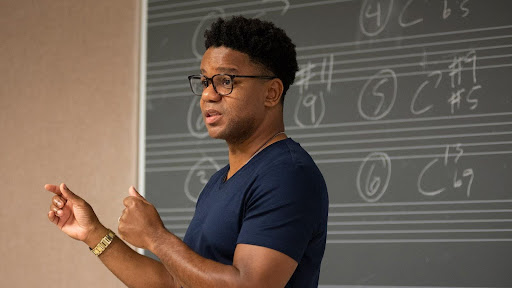
Get ahead in your music education journey with strategic dual enrollment opportunities.
Read More.jpg)
Discover proven strategies to build meaningful relationships with college music departments before you apply.
Read More.jpg)
From Baroque to modern, fast to lyrical—contrasting solos reveal a musician's full range in college auditions.
Read More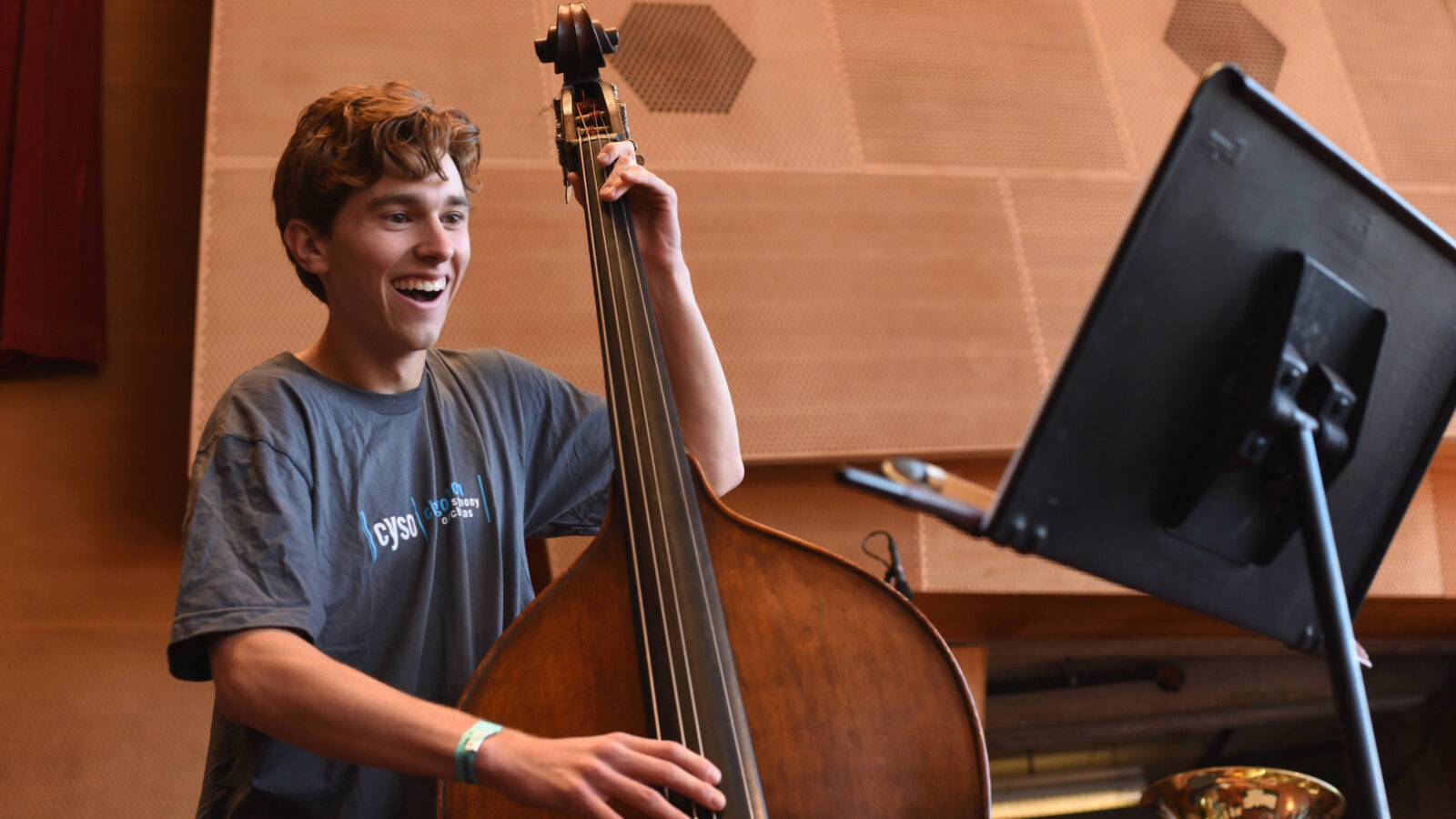
Discover why mastering just a few bars of music can make or break an audition and reveal your potential.
Read More.jpg)
Make a great first impression with proper college visit etiquette and smart questions.
Read More
A comprehensive roadmap to navigate the music school application and audition process successfully.
Read More.png)
Sometimes the smallest gestures-like a simple thank-you -- open the biggest doors. Discover how one note of gratitude changed everything.
Read More
Discover how college fairs tailored for music students can open doors to top programs and help you make meaningful connections before you ever audition.
Read More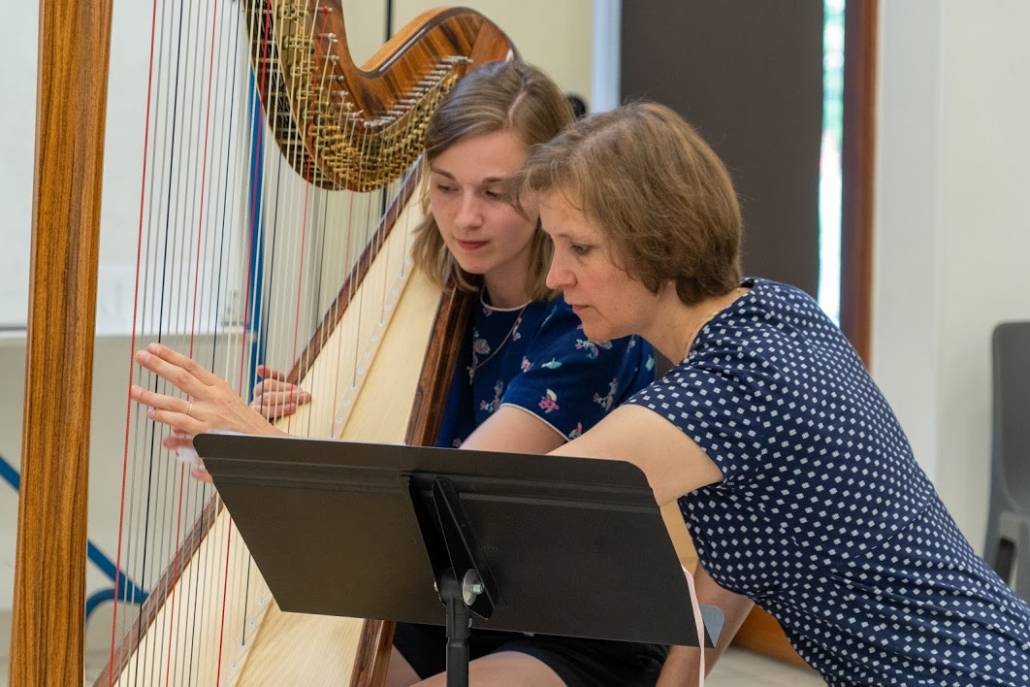
Private music lessons do more than sharpen skills — they unlock opportunity. Discover how one-on-one instruction builds confidence, hones performance, and opens doors to college auditions and scholarships.
Read More
Packed with proven strategies, expert insights, and inspiring real-life stories, it empowers musicians to turn performance anxiety into confident, expressive auditions.
Read More
Discover how marching band can do more than make music—it can open doors to scholarships, leadership roles, and life-changing opportunities.
Read More.jpg)
Where nerves meet opportunity, growth begins. Discover how one powerful experience can elevate your student’s talent—and their college application.
Read More.png)
Professors don't just admit talent—they choose students they won't mind teaching every Tuesday morning before coffee, touring Europe with next spring, and introducing to their colleagues without bracing themselves first.
Read More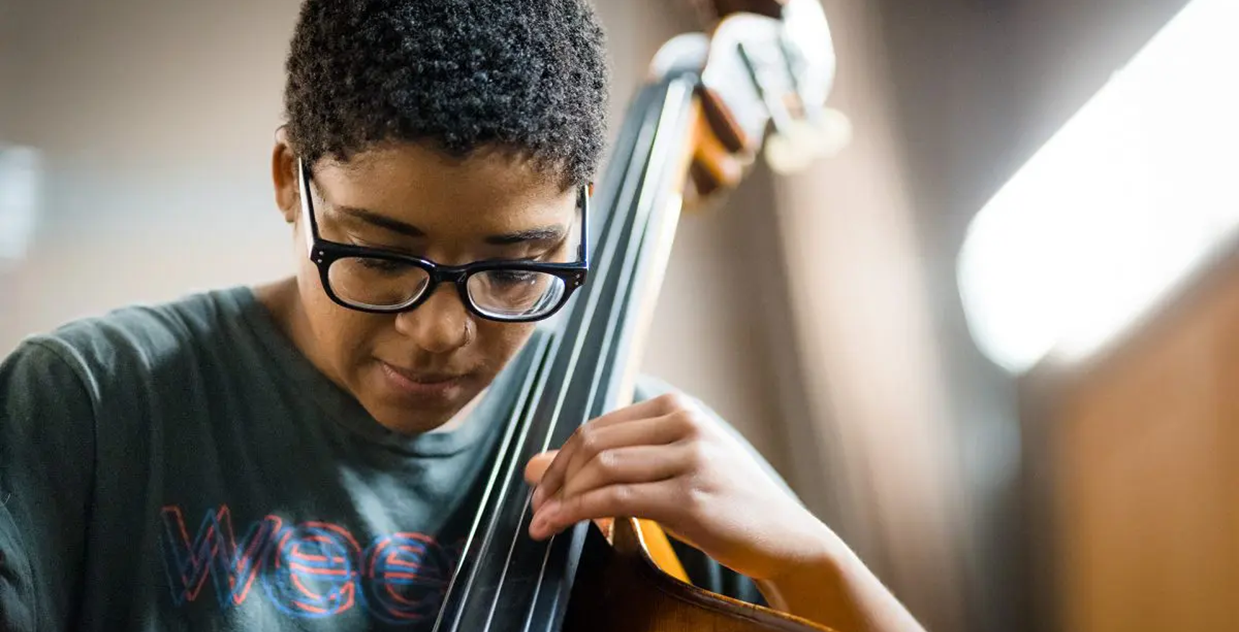
Think a music degree is out of reach because of cost? Think again. Whether you're aiming for college scholarships or exploring grants from arts organizations, this guide helps you uncover the many ways to fund your passion — and shows why applying early and often is the key to making your musical dreams a reality.
Read More
From nerves to notes, this guide helps student musicians face audition day with clarity, confidence, and control.
Read More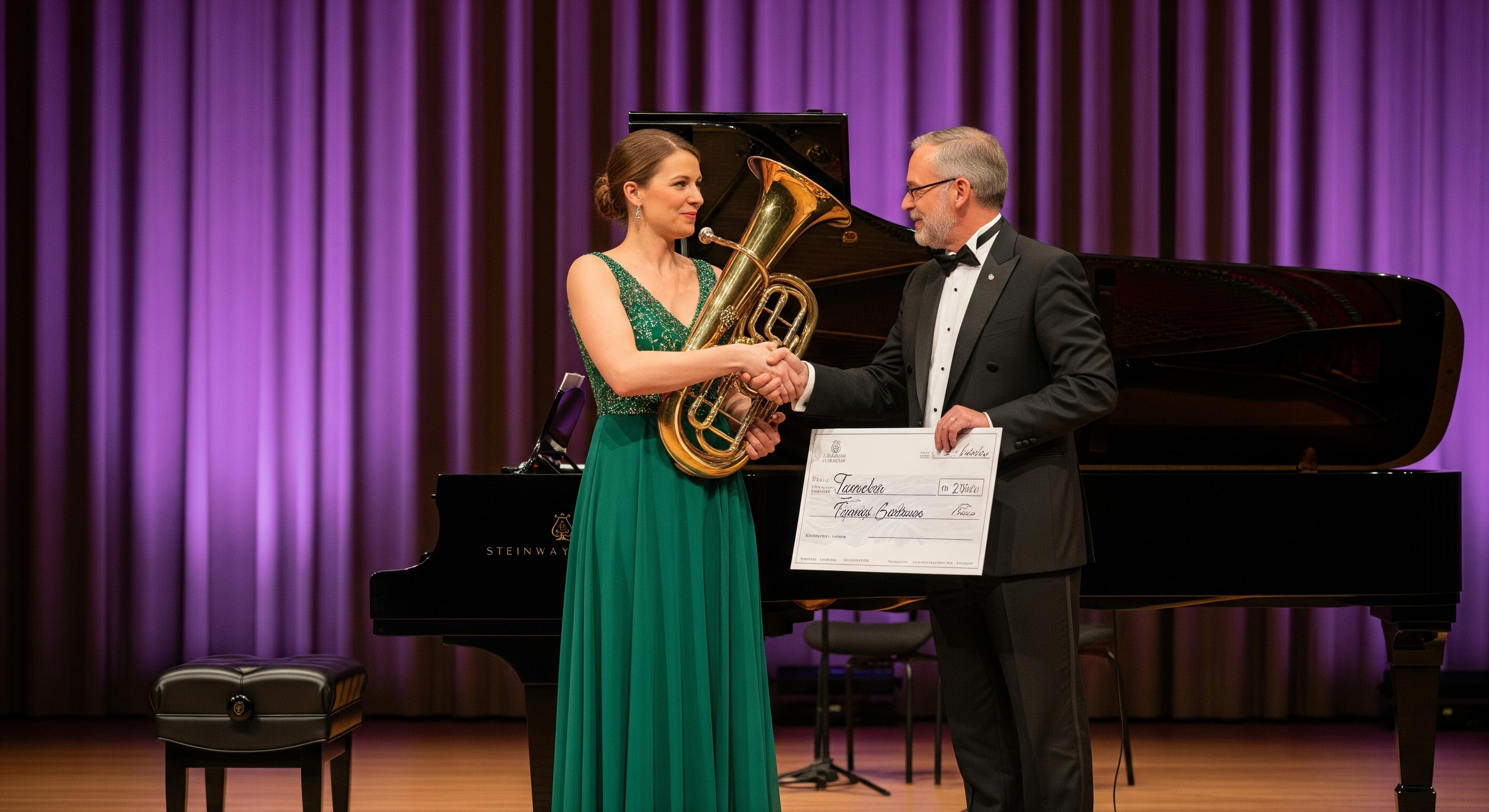
Shedding light on the financial freedom performing arts students deserve—and the billions in performing arts scholarships many never knew existed
Read More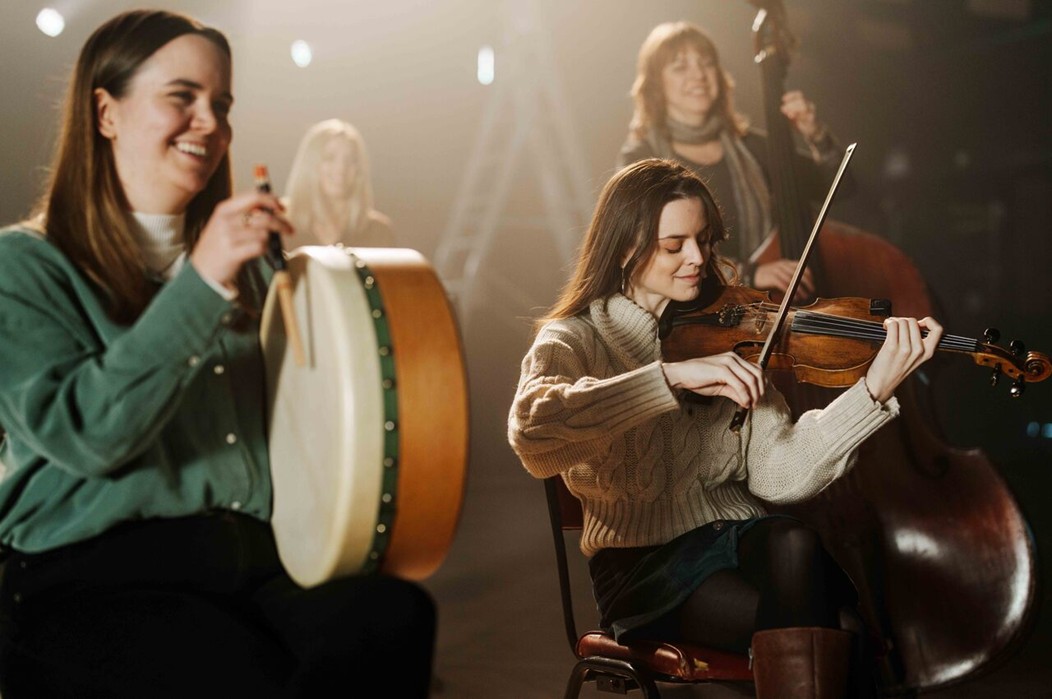
Talent is just the beginning. Learn how the right moves today—owning your child's UTL name, building their brand, and shaping their story—can set your young performing artist on a path to lasting stardom.
Read More
From first solo to final audition—how a carefully curated repertoire list becomes a student’s personal record of growth, readiness, and artistic identity.
Read More
Don't let travel troubles ruin your big audition! This guide has everything you need to ensure you and your instrument arrive.
Read More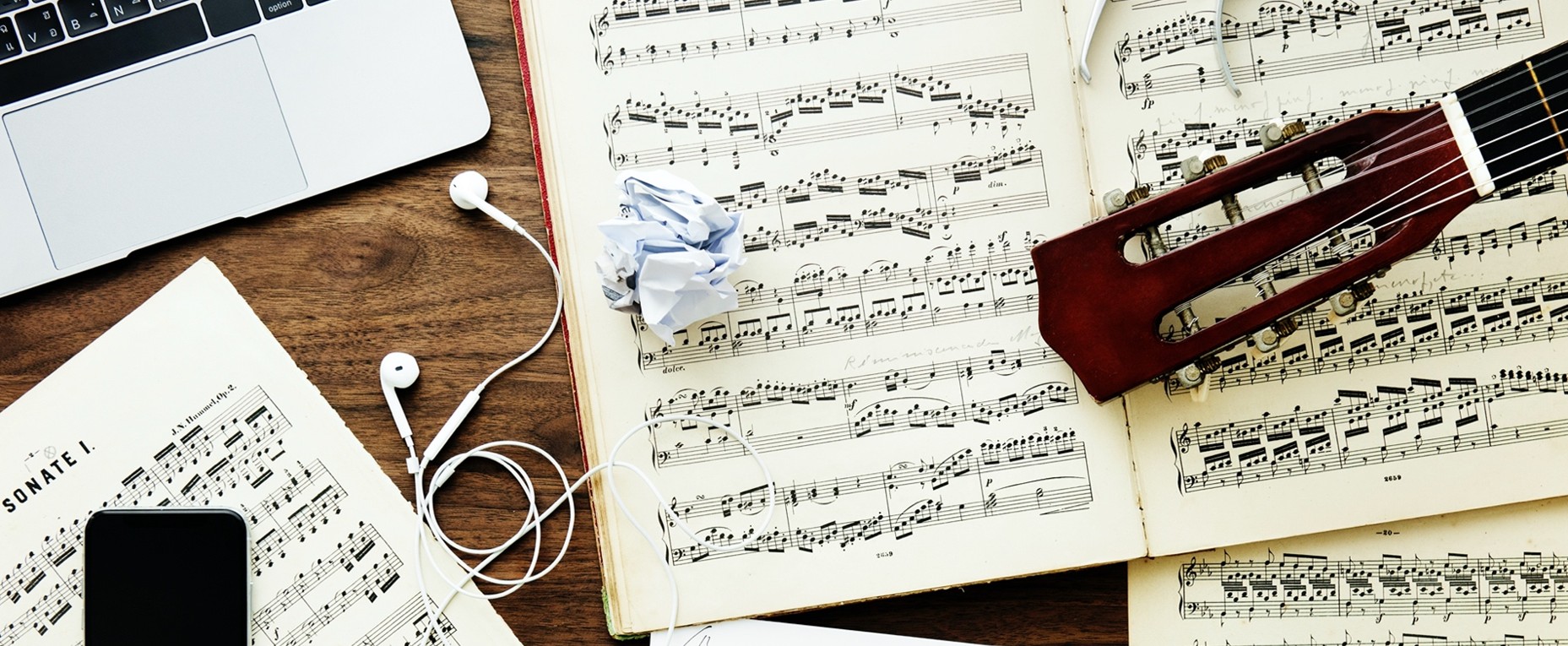
Discover how decoding a composition’s name can elevate your performance, impress adjudicators, and help you stand out from the competition.
Read More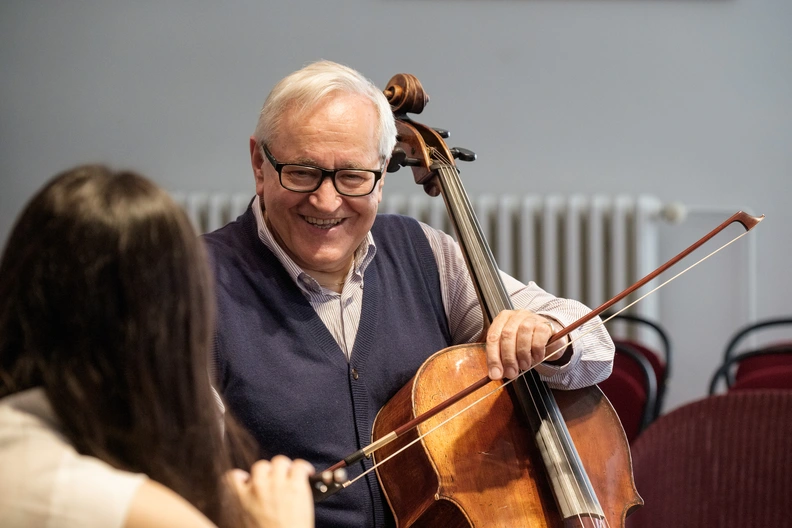
How one meaningful connection with a music teacher can open doors to college, scholarships, and a lifelong mentorship — starting now.
Read More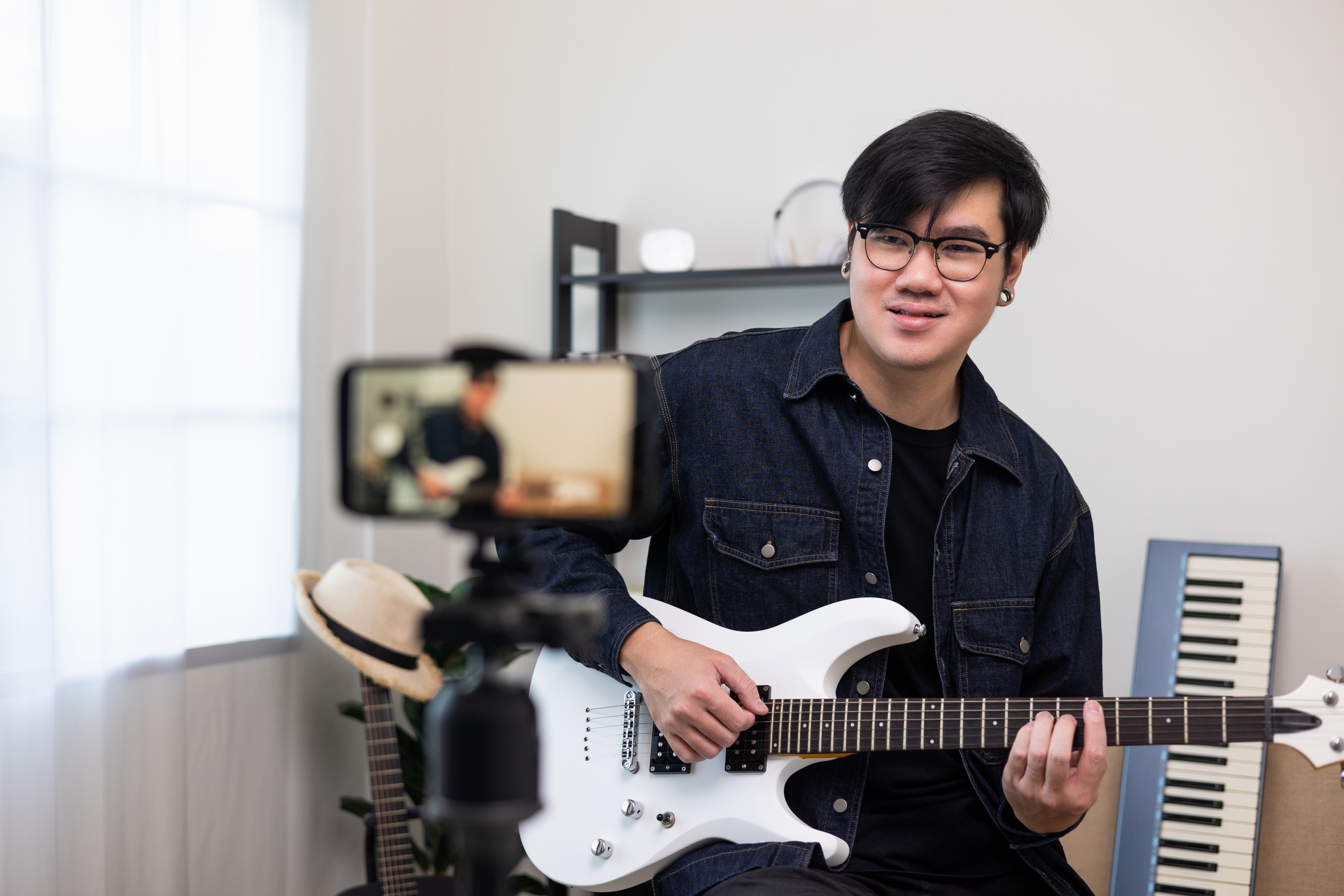
You don’t need fancy gear to capture talent — just these smart, affordable tips that could turn an audition video into a scholarship-winning performance.
Read More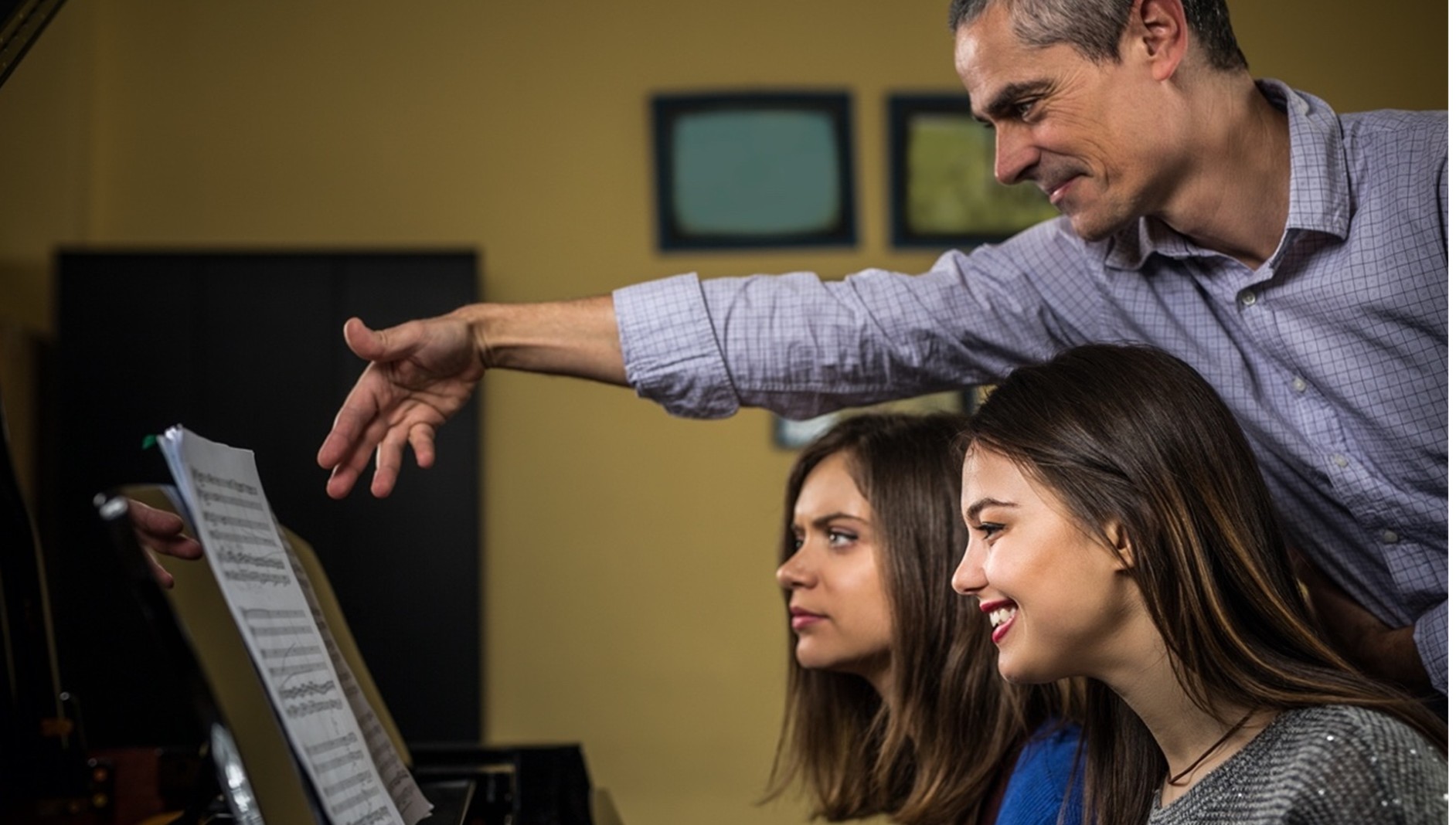
Discover why a liberal arts education isn’t just about academics—it’s a powerful launchpad for aspiring musicians to thrive in every stage of their careers.
Read More.jpg)
Choosing the right music degree isn't just about a major -- it's about mapping the future of your artistry. Discover the key differences between BM, BA, BFA, and BS programs and find your perfect path.
Read More
From educators, performers, and industry insiders who got tired of hearing “music isn’t a real career” and decided to answer with Broadway box-office receipts, royalty checks, and Grammy paydays.
Read More
Where Purpose Meets Performance: How Service Can Help Pay for Your Music Degree.
Read More
For those navigating the leap from talent to training and tuning both heart and mind to what’s next—this is your guide to finding the path that fits, connects, and inspires.
Read More.jpg)
A month-by-month roadmap designed to help aspiring music majors confidently prepare for college auditions—one scale, solo, and strategy at a time.
Read More.jpg)
Beyond the Name: Finding the Place That Helps You Find Your
Read More.jpg)
Discover the real perks, the hidden costs, and how to tell if coaching is the right
Read More.jpg)
Mastering college applications means mastering deadlines. Success hinges on precision, preparation, and unwavering commitment to each institution’s unique demands.
Read More.jpg)
Because affording your dream school shouldn't be a dream.
Read More
Where passion meets purpose — discover how talented musicians turn their love for music into a professional career serving their country.
Read More.png)
The music industry fuels the U.S. economy, driving schools to recruit creative, business-savvy students. Scholarships now target songwriters.
Read More.png)
How young artists can launch their careers and travel the world — without a college degree.
Read More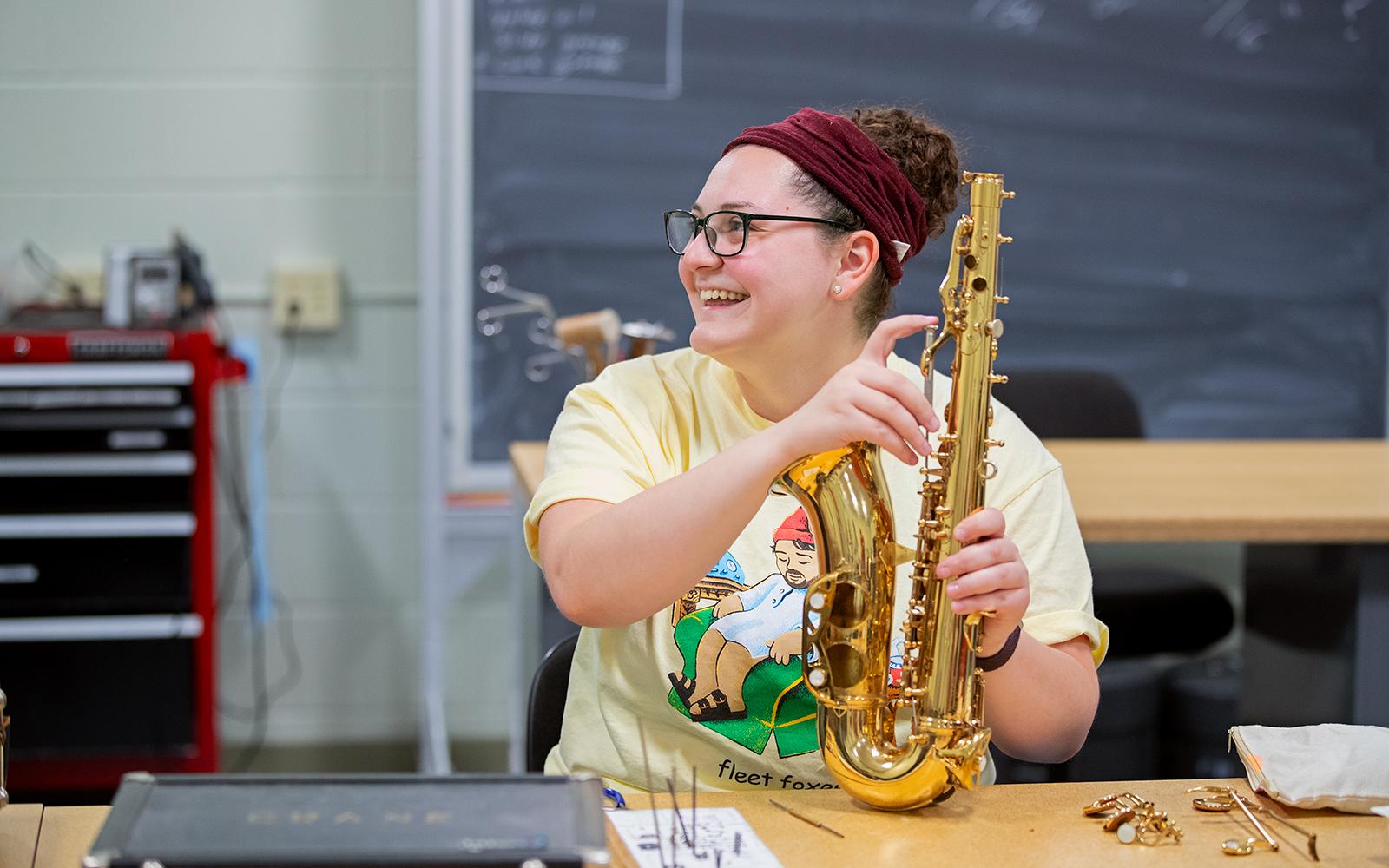
Because your talent deserves more than applause, it deserves a paycheck.
Read More
It’s not about impressing—it's about expressing.
Read MoreThe Accoladi Research Team is constantly tracking trends in performing arts collegiate recruiting, documenting scholarship procurement processes, and uncovering new resources for students and families. From the latest audition requirements to insider tips on securing funding, we’re always expanding our library— so, you can make informed choices with confidence.
